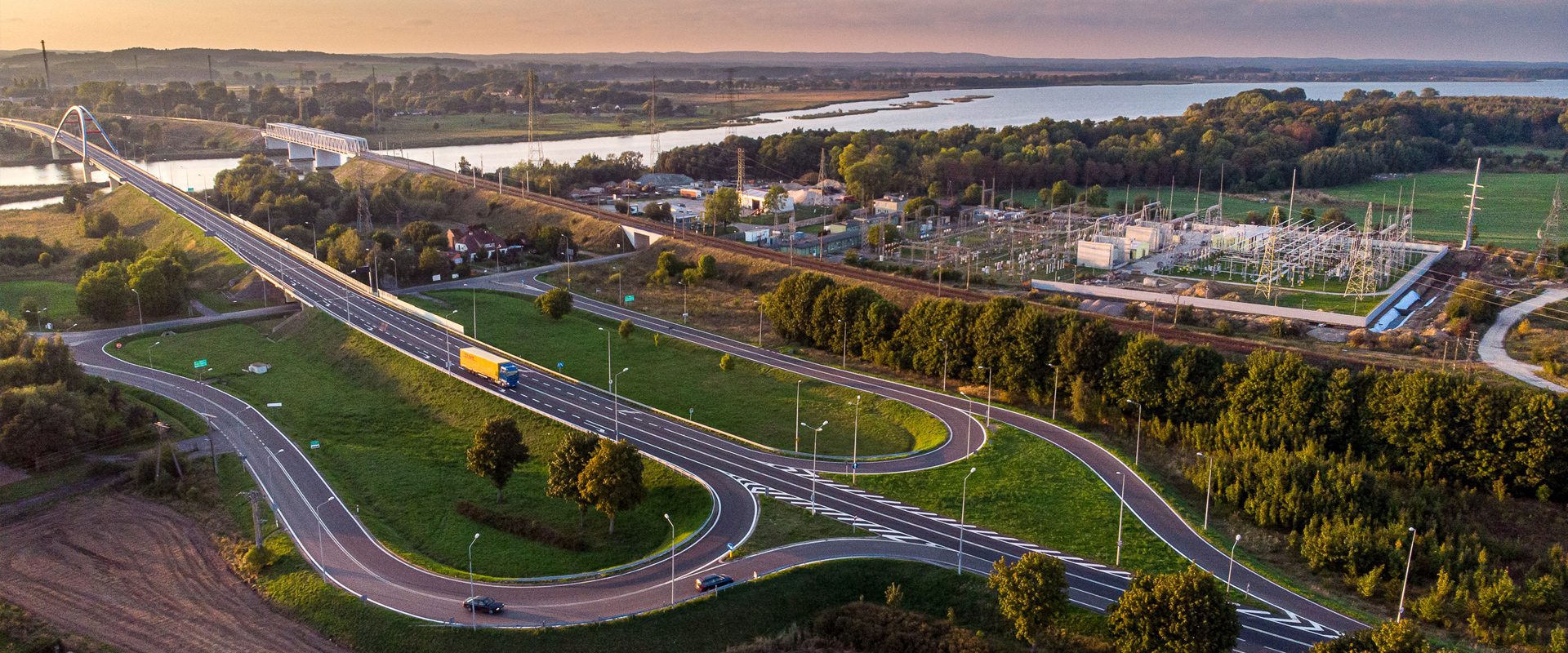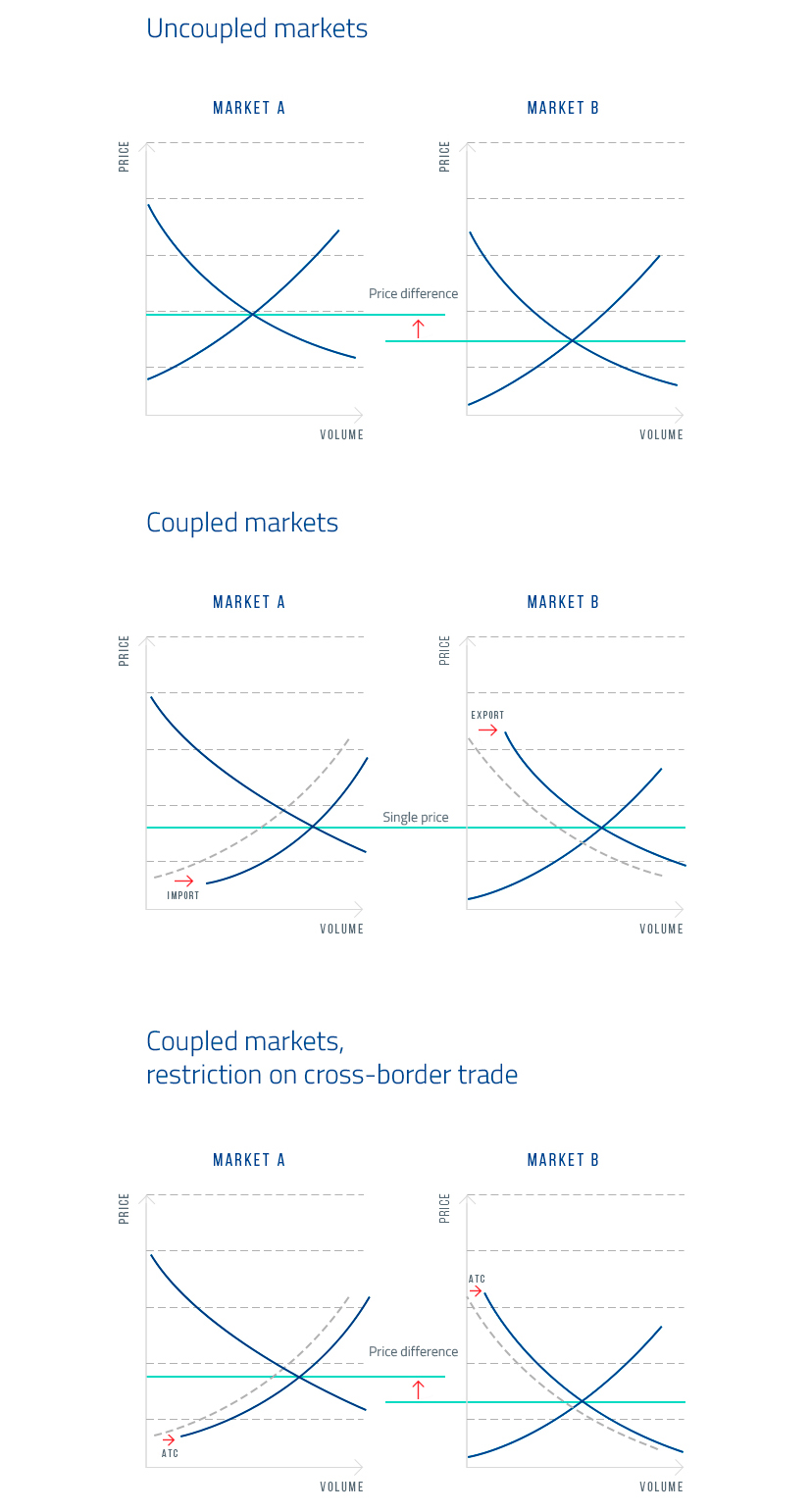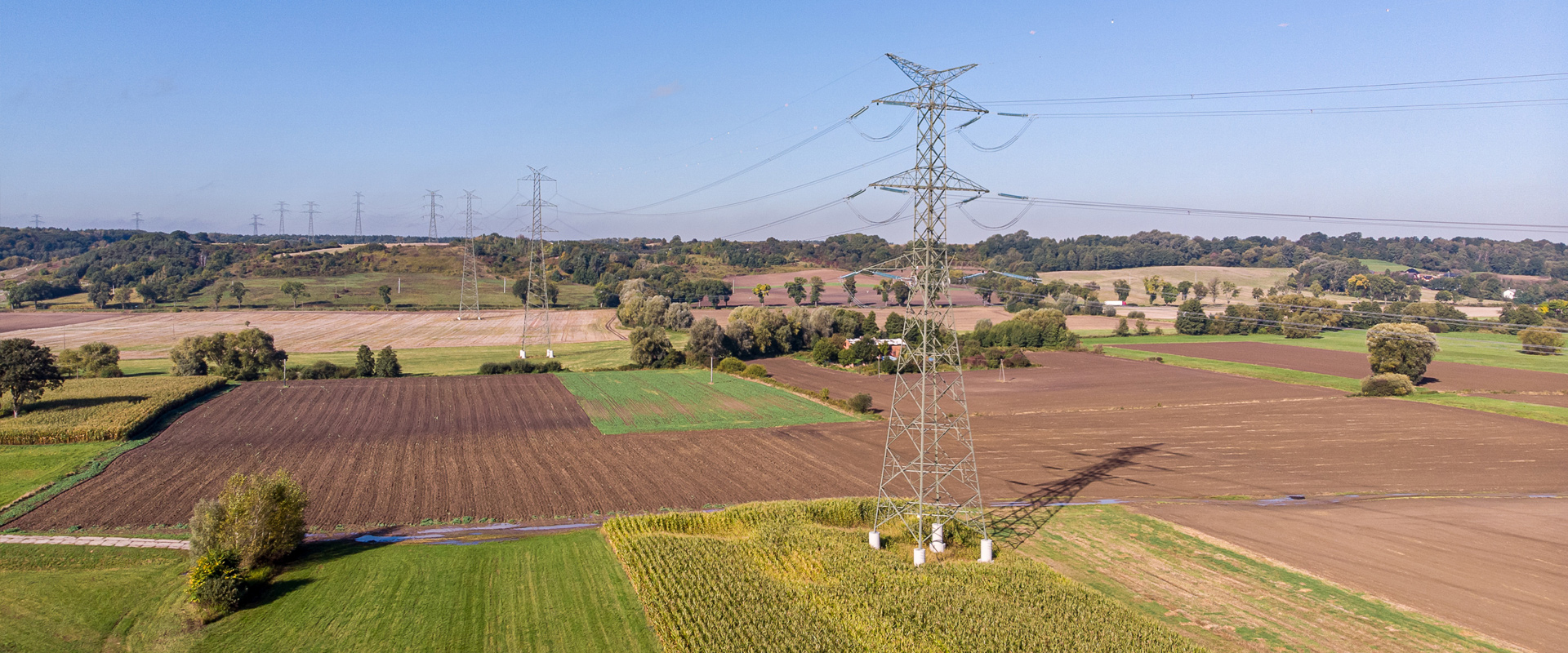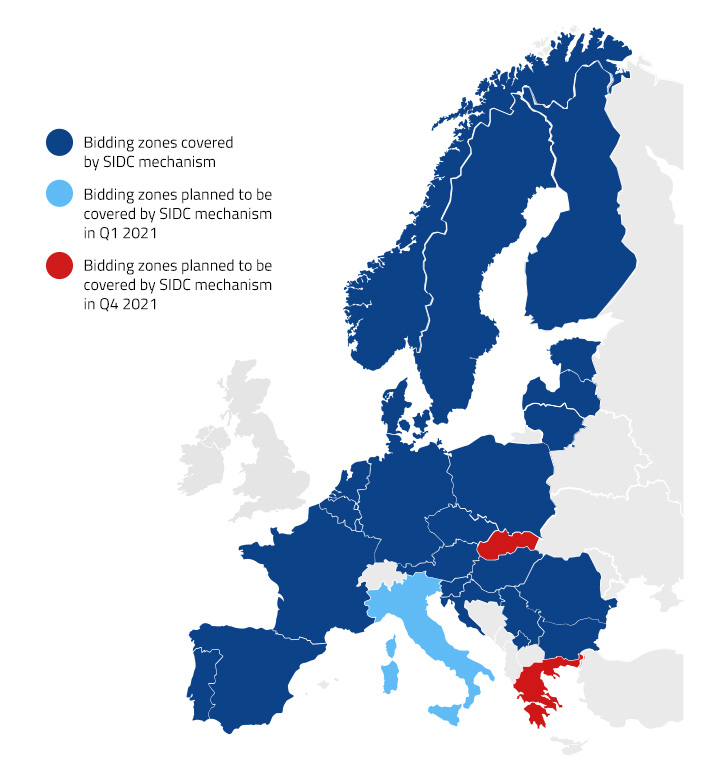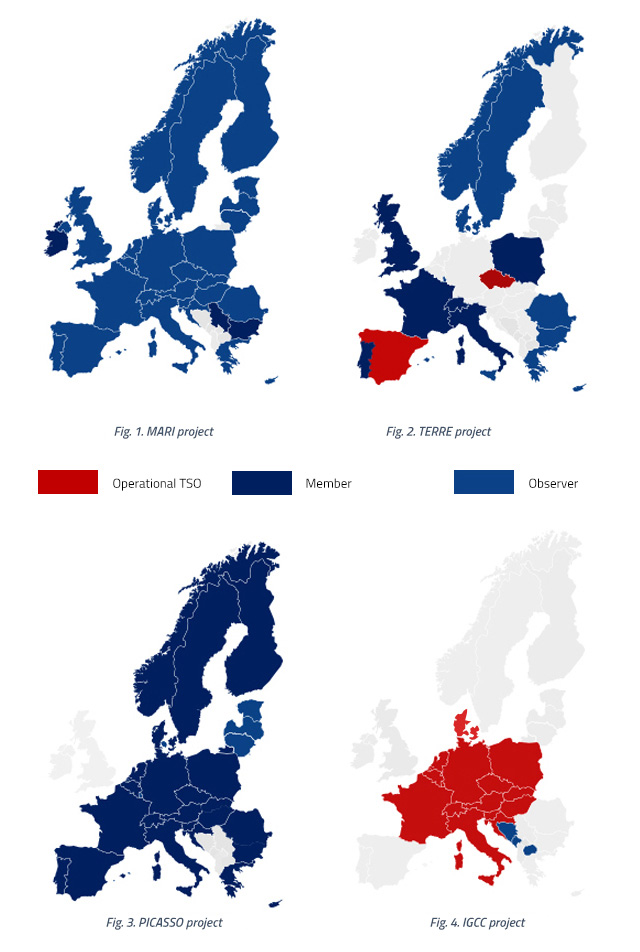Key achievements (and their scale) owing to international cooperation
Activities under the TSC/TSCNET initiative
We actively cooperate with European operators under the TSO Security Cooperation (TSC) initiative. The members of the TSC are 14 operators from Central Europe. The objective of the initiative is to increase the operational security of interconnected power systems in the region, including PSE, through the intensification of regional inter-TSO cooperation, which currently involves threat identification processes and the use of relevant inter-TSO remedial measures.
The key issues concerning the TSC initiative, including the strategy and directions of development of TSC cooperation and activities, are decided upon by the TSC Cooperation Board. Technical operational matters and the elaboration of system solutions, including the definition of services to be supplied by TSCNET under service contracts – the responsible body is the TSC Advisory Operational Board. Several representatives of PSE are involved in activities resulting from the ESC decision-making and working structures.
We are a shareholder of TSCNET. We have our representative in the Shareholders’ Meeting and in the Supervisory Board of TSCNET, which is currently composed of 5 members.
Synchronisation of the Baltic States’ systems
PSE is actively engaged in the process of expanding the synchronous system of Continental Europe (CE) by the systems of the Baltic States (BS). In October 2018, the ENTSO-E Regional Group Continental Europe Plenary (ENTSO-E RGCE Plenary) approved the commencement of the relevant extension procedure. For the coordination of the process, a working group was appointed, which is headed by a representative of PSE.
In May 2019, an agreement entered into force, setting forth the terms and conditions of the synchronous connection of the BS system to the CE system. The agreement contains a set of requirements which is a list of detailed technical conditions for implementation by the Baltic TSOs, which are to ensure the secure operation of systems after synchronisation. One of the main infrastructural elements included in the set is the Poland-Lithuania submarine DC interconnector (Harmony Link). In December 2019, PSE and LITGRID received EUR 10 million in co-financing from the Connecting Europe Facility (CEF) for measures implemented as part of the preparatory stage of the project. In April 2020, energy market regulators from Poland, Lithuania, Latvia and Estonia signed Cross Border Cost Allocation Agreement under which they agreed to implement projects forming part of synchronisation phase II including the construction of the Harmony Link. In May 2020, PSE and three Baltic TSOs submitted a joint application for funding of Phase II of the Baltic Synchronisation Project from the CEF. On 1 October 2020, the CEF Steering Committee took a decision to grant funding in the amount of EUR 719.7 m.
Currently, the BS systems operate within the IPS/UPS system which geographically covers the former Soviet Union territory. The synchronisation of the BS systems with CE planned for 2025 is a part of the European Energy Union concept and an example of solidarity in energy security. The implementation of the project is of key significance to the completion of integration of the BS systems with the European system. This is confirmed by a roadmap signed in June 2020 by the President of the European Commission and the Prime Ministers and Presidents of Poland, Lithuania and Estonia, implementing the synchronisation project.
Synchronisation of the systems of Ukraine and Moldova
PSE is also actively engaged in the process of expanding the Continental Europe (CE) system by the systems of the Ukraine and Moldova. We are a member of a TSO Consortium set up to carry out additional studies and work aimed to adjust the technical operational standards of those systems and to ensure compliance with relevant EC regulations on operation management and market rules. A representative of PSE chairs the working group responsible for performing dynamic system analyses.

